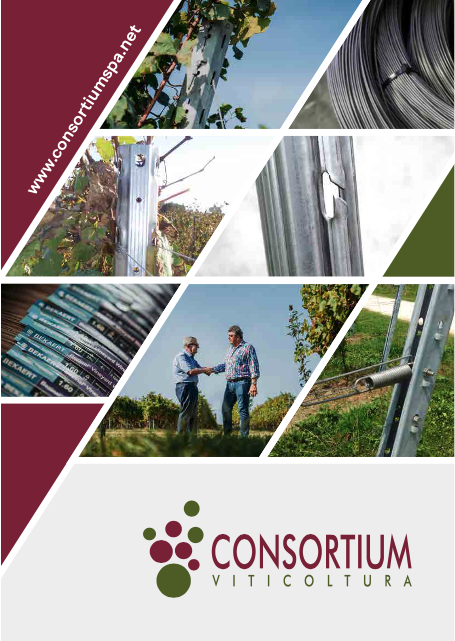GENERAL ASPECTS
Training form with a permanent horizontal cordon with fruiting heads of 8÷12 buds, together with spurs. The fruiting heads are left free and bend downward under the weight of the vegetation and clusters. It is mainly used in situations of higher fertility and for medium to high production goals. Casarsa is derived from Sylvoz (a form in which the fruiting heads are tied to a wire below the permanent cordon) and compared to the latter has lower management costs, better sprouting and a more uniform vegetation gradient.
On the other hand, Sylvoz allows reduced row spacing, presents better renewal on the permanent cordon, easier management of both green pruning operations (tying and topping) and mechanical harvesting.
SIXTH OF PLANTING
Distance between rows
- Casarsa: from 3.00 mt to 3.50 mt
- Sylvoz: from 2.70 mt to 3.20 mt
Distance on the row
Traditionally, vines are arranged in pairs. In recent years, both for the needs of better mechanization management and for a more rational use of space, the vines are arranged individually. In fact, in this way the cordon of each vine ends on the curve of the next one, constituting a seamless horizontal stem. In the case of vines in pairs, on the other hand, the space of the bends cannot be used to produce:
- Single screws: 0.80 mt to 1.30 mt
- Screws in pairs: 2.00 mt to 3.20 mt
Finally, it is essential to plan adequate space for the development of the new leaf wall (at least 70÷80 cm).
Very often this space is too small causing a number of major drawbacks such as: more topping with excessive development of females and crowding of vegetation, shading of the productive belt, reduced ratio of leaf area to production thus lower grape quality, higher dry pruning costs with physiologically unbalanced shoots.
MECHANIZATION
It lends itself well to mechanical harvesting by horizontal shaking. In addition, light mechanical pre-harvesting can be performed, which proves convenient especially in the more vigorous varieties.

